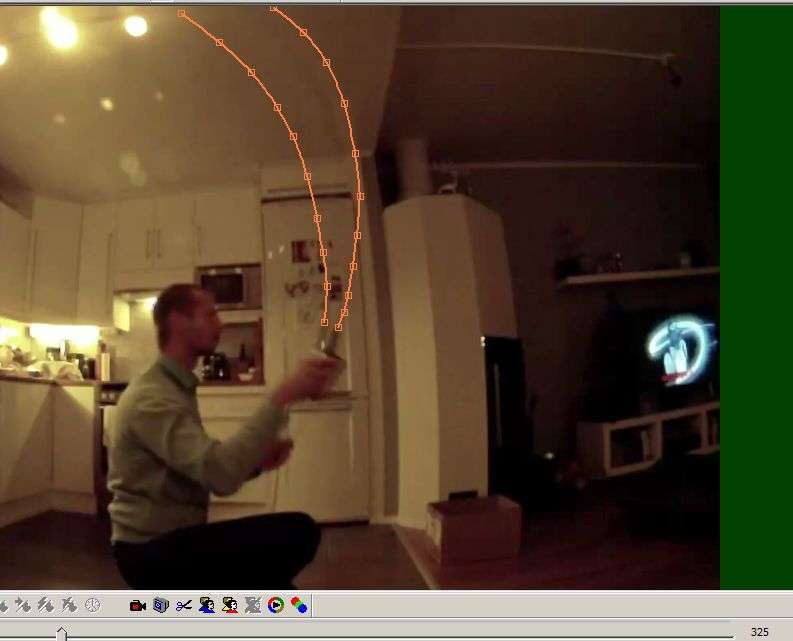To be precise I stated that's where I believe the uncoupling to begin.
Eugene,
And to be precise what to you mean by "uncoupling"?
Uncoupled to me means the rod tip is no longer applying a force on the line that can change its momentum.
If that is the case when to you see that the rod tip is no longer impacting the momentum of the line?
Straight rod equals zero tension.
And I think we can agree that tension is an example of an external force.
It is obvious from Grunde's video that the rod tip is pulling the line around as the loop is being formed, and unless Newton was wrong about how momentum is changed that means the rod tip is still applying a force (that creates tension in the line) after RSP1 when the deflection force from the spring in the rod goes to zero.
Do you see something different in that video?
Gordy



